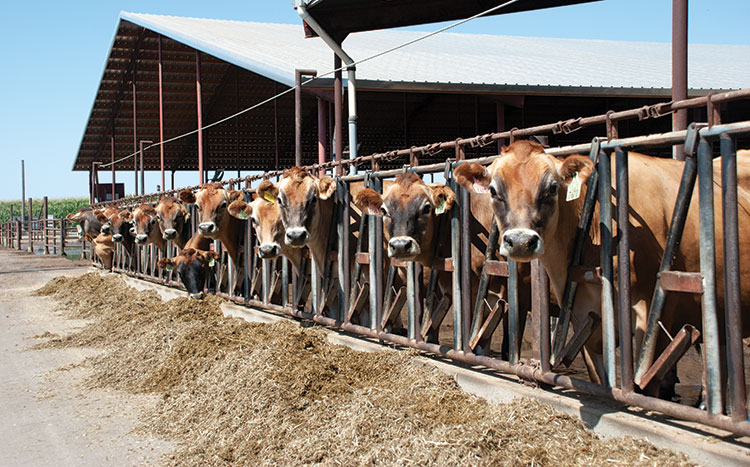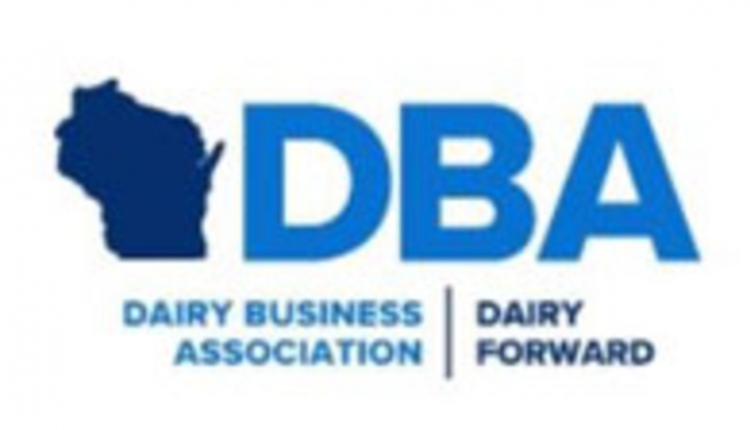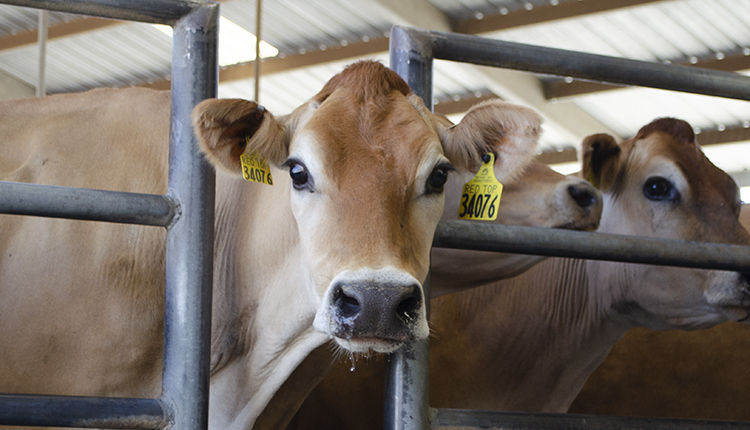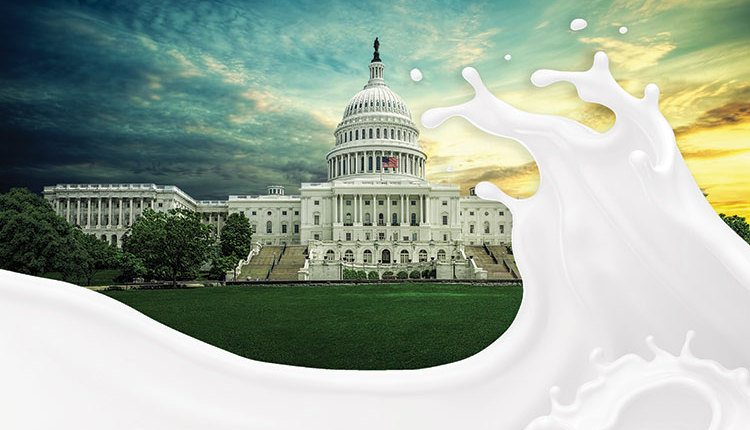The author is the director of regulatory and economic affairs with California’s Milk Producers Council, a California dairy farmer trade association.

In the 1960s – at the urging of producers – a statewide milk income pooling plan was adopted in California. It established regulated minimum prices for all Grade A milk and required the pooling of income from Class I (fluid milk) and some Class II (soft dairy products), while also allowing the pooling of income from the other classes of milk. At that time, California was not eligible to be part of the Federal Milk Marketing Order (FMMO) program since geographic isolation meant there was little interstate shipment of milk.
Prior to the adoption of the California Marketing Order, a contract system between producers and milk buyers existed, where producers were paid based on the use of their milk at an individual plant. Obviously, contracts with Class I bottlers were sought because of the higher prices those buyers could pay. This led to abuse, and often illegal activity, as some bottlers used this leverage to extract concessions from producers who competed for those Class I contracts. The new California Order was designed to take away this power from the processors and equalize revenue to producers across the Golden State.
The birth of a $1 billion asset

As milk production in California grew above Class I usage, more and more milk not covered with quota came into existence. From the beginning, quota was transferable, and producers bought and sold it to each other as they structured their businesses to fit their individual circumstances. Eventually, quota was an asset worth more than $1 billion.
Enter California’s federal order
As California grew to become the nation’s largest dairy state, the inability of its state order to regulate interstate commerce became an issue. Milk supplies were developed just out of state and shipped into California to take advantage of the state’s inability to protect its own market. But of more significance was the fact that California’s nearly 50-year-old order enforced minimum prices on all buyers of Grade A milk, regardless of usage.
For decades, the California Order generally aligned to FMMO prices across the country. However, when policymakers at the California Department of Food and Agriculture (CDFA) established minimum prices for milk that were substantially below FMMO prices — particularly for cheese (known as Class 4b milk in California or Class III in the FMMO) — California producers suddenly faced a significant competitive disadvantage and lower milk checks compared to their fellow producers across the nation.
Repeated efforts by California producers to get CDFA officials to narrow the gap between California Class 4b and FMMO Class III prices were unsuccessful, leading producers to look at the possibility of joining the federal order system. By this time (the mid-2010s), Class I utilization in California was under 20%, and quota covered less than 40% of California’s production. However, the asset value of quota still represented more than $1 billion, and a significant majority of producers owned at least some quota.
For many producers, a prerequisite to joining an FMMO was protecting the value of quota. So, Congress was approached and legislation was passed allowing USDA to establish a California FMMO that recognized the quota’s value. With a viable path forward for quota, the major California cooperatives petitioned USDA for the establishment of a FMMO.
California officials worked with producers to design a Quota Implementation Plan (QIP) that would operate after California entered an FMMO. Under the QIP, the $12 million per month needed to fund quota payments would be collected as an assessment on all Grade A milk produced in California rather than out of market-wide milk pool revenues.
The California-based co-ops had made it clear they would only support a FMMO if a referendum establishing QIP passed by a vote of the producers. That hurdle was cleared, with producers overwhelmingly approving the QIP in 2017.
When the FMMO began in November of 2018, producers began to see the actual cost of quota since it now appeared as an assessment on their milk statements. There was no difference between the quota costs prior to the FMMO . . . the costs were just more transparent, showing up on a milk statement rather than being paid out by the former California pool.
The road to referendum
Almost immediately, an organized group of producers named “STOP QIP” began circulating a petition to terminate the QIP, and thereby, quota altogether. Responding to this, a group named United Dairy Families of California (UDFC) was formed to:
- Oppose the termination of quota without compensation.
- Provide a forum for California dairy families to discuss the future of quota.
UDFC, with support from the three major cooperatives, the three established producer trade associations, and STOP QIP, hired economists Marin Bozic and Matt Gould to initiate a process to discover a way forward.
Many meetings, many ideas, and much analysis and evaluation ensued. After a year, a single compromise proposal emerged, garnering the most support from the producer community.
The “sunset proposal,” as it’s known, allows the QIP to continue until March 1, 2025, at which time it would terminate. STOP QIP also submitted a petition to terminate the QIP right away and was granted a hearing on the issue. However, after the hearing, the judge ruled against STOP QIP’s petition.
A vote will take place
Meanwhile, UDFC gathered enough valid signatures on the sunset proposal to also get a hearing. After that hearing, the judge ruled that the UDFC proposal should be submitted to producers for a referendum vote. The CDFA secretary recently ordered that a referendum on the UDFC QIP sunset petition be held between March 4, 2021, and June 1, 2021.
For the referendum to pass, 51% of eligible producers must vote. According to a CDFA letter to the judge in October, there were 948 eligible “Market Milk Producers” in California. Obviously, this number changes a bit every month, but this means that about 485 producers will have to cast a vote regarding the referendum for it to be valid. Then, of those who vote, 65% of the voters producing 51% of the voting milk or 51% of the voters producing 65% of the voting milk must vote yes for the referendum to pass.
If the referendum passes, then the QIP will end on March 1, 2025. If it fails, then the QIP would continue indefinitely. However, given the interest in this issue, further attempts to change the system would be likely.









